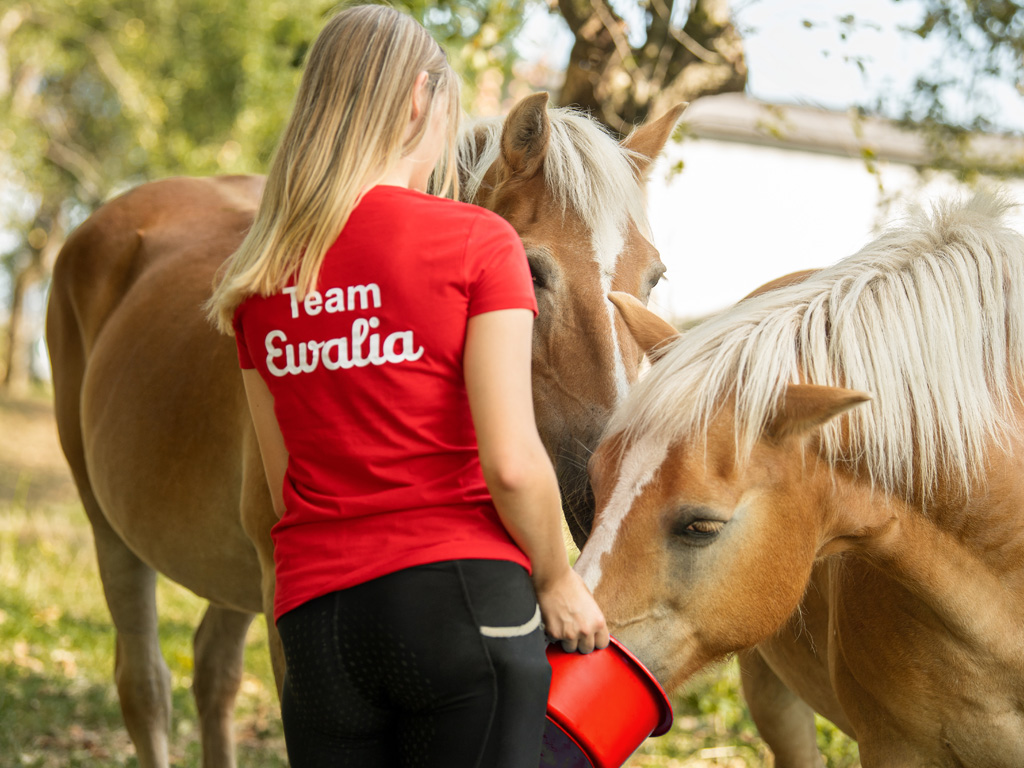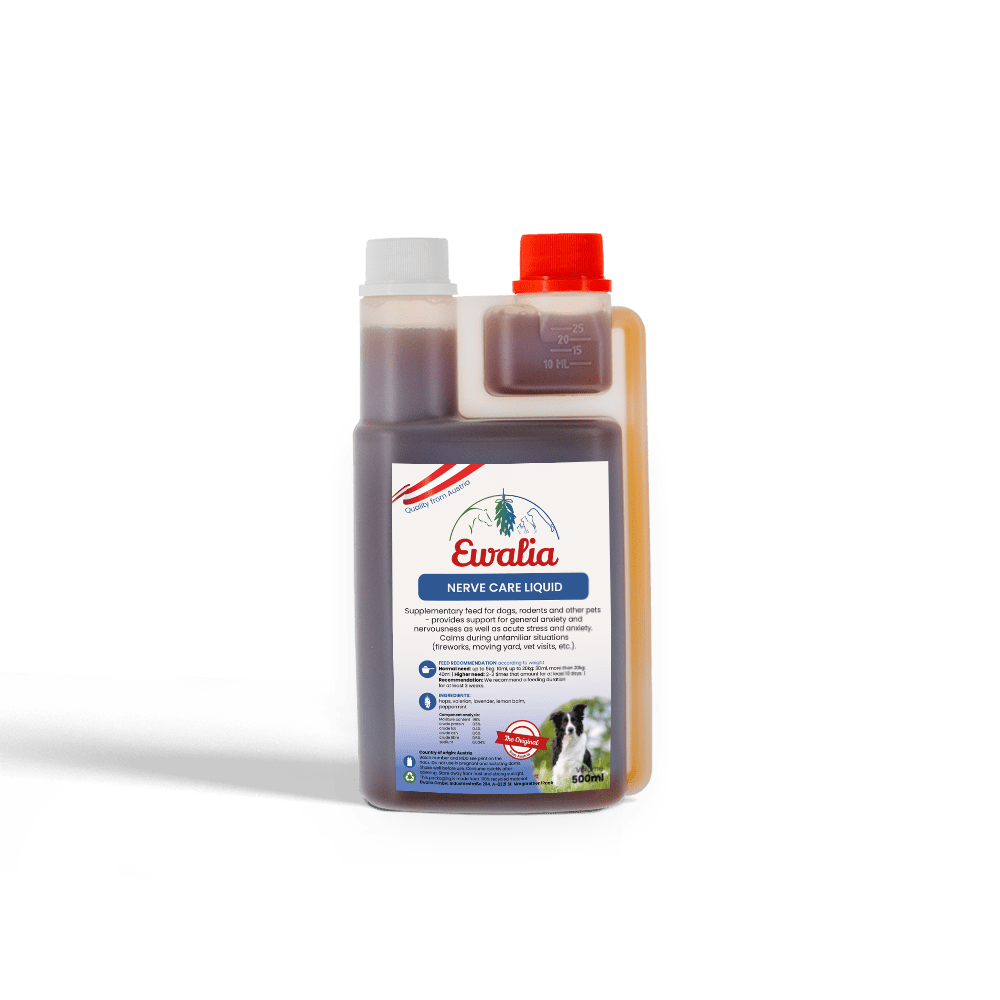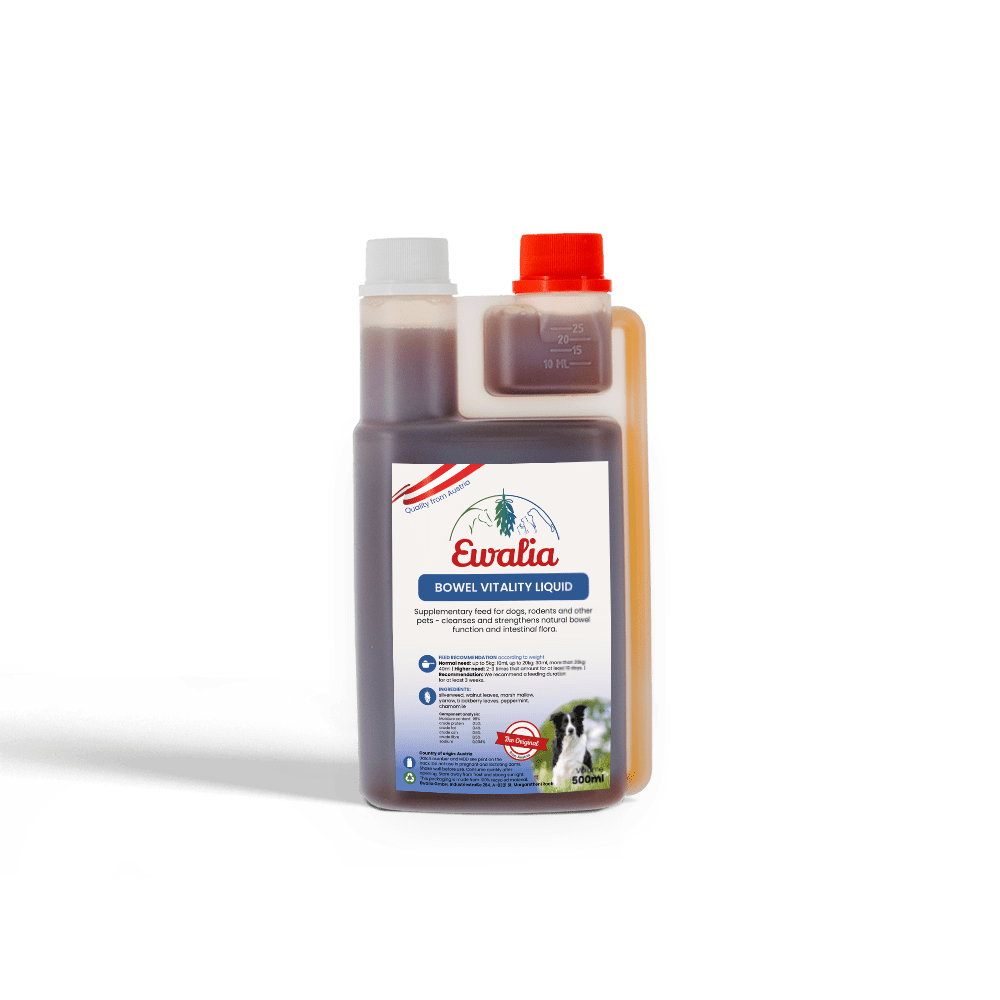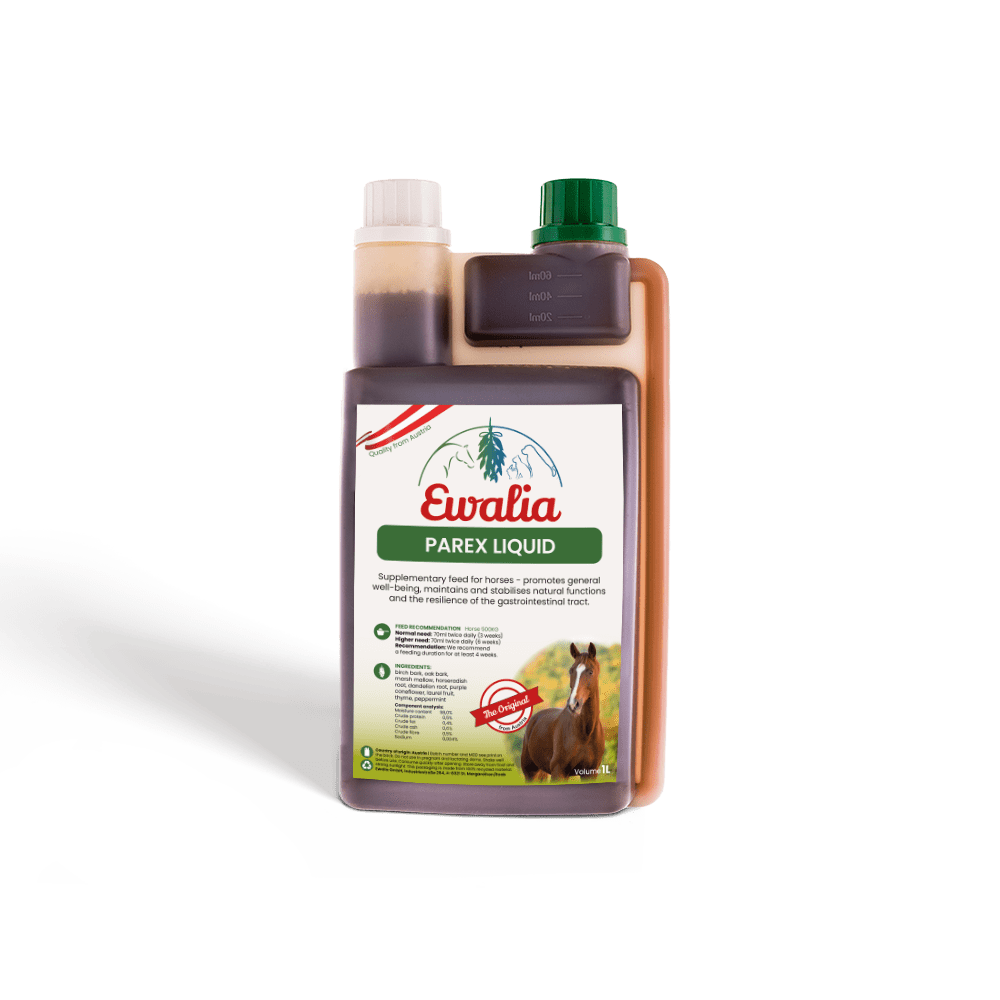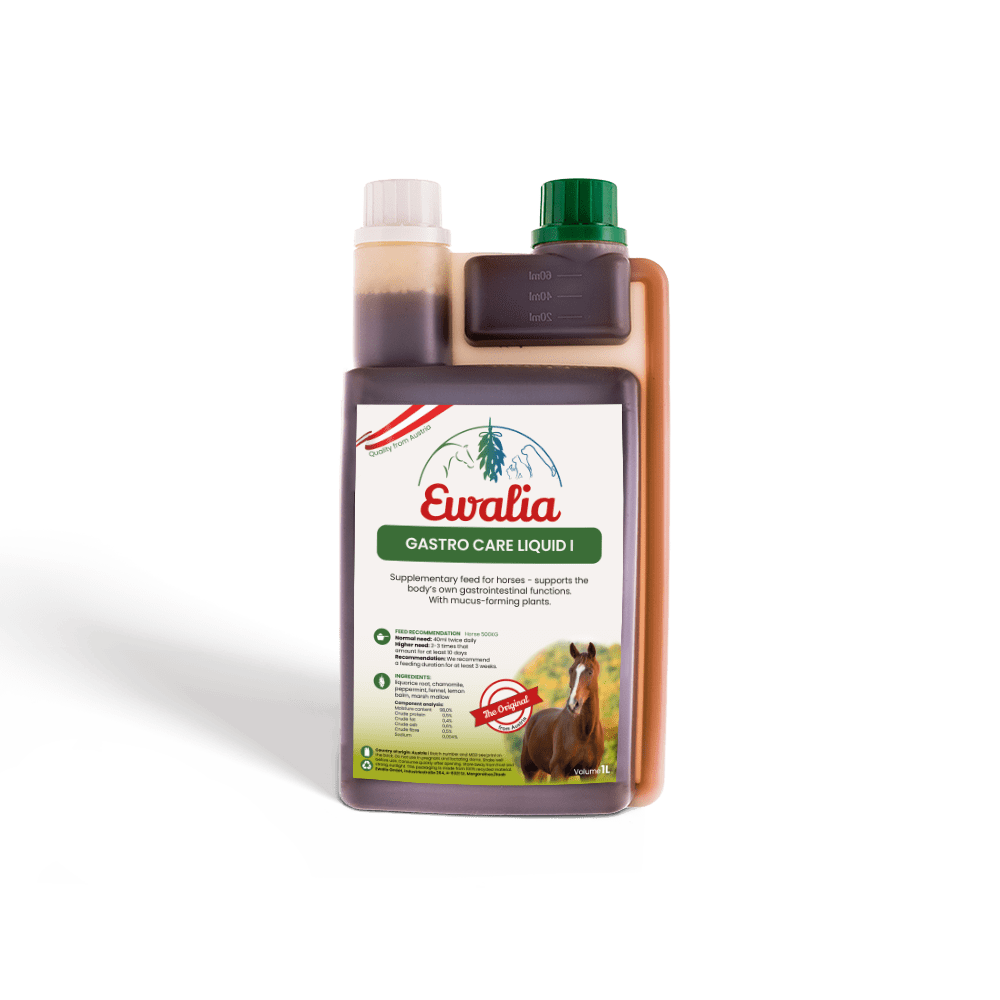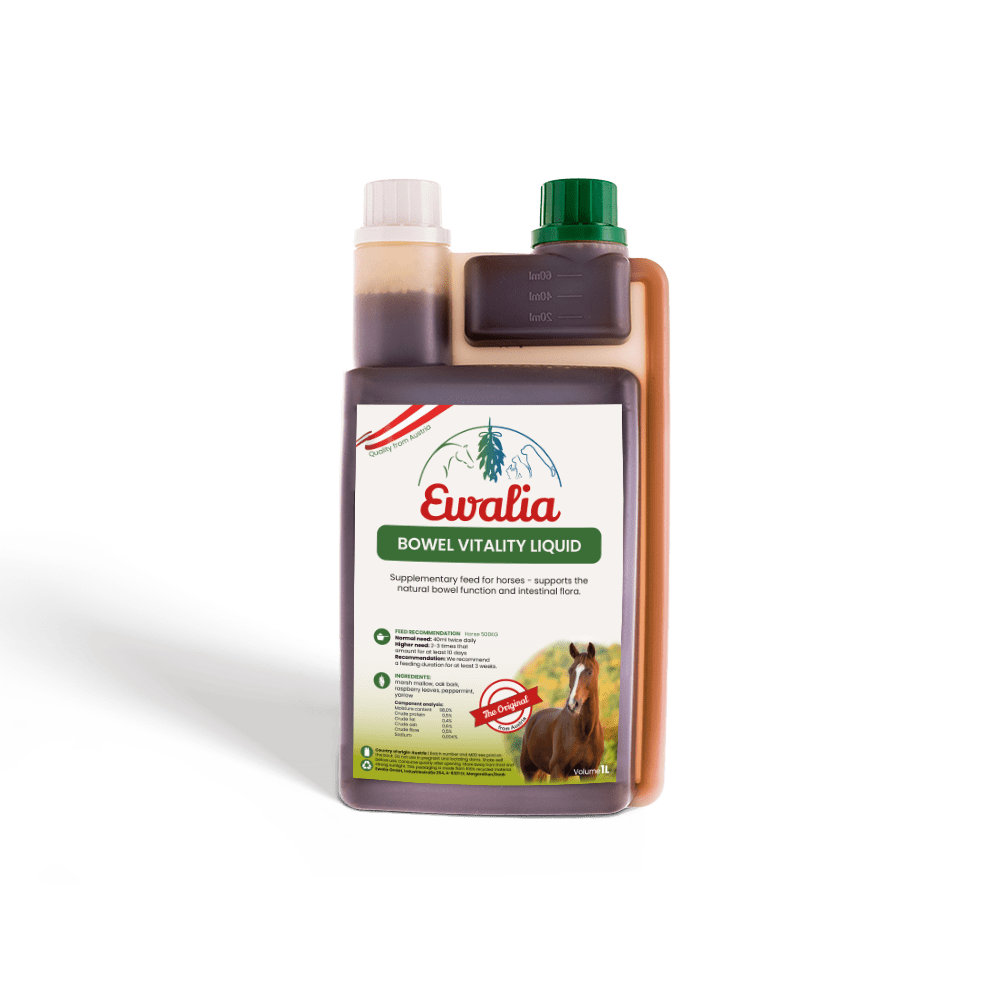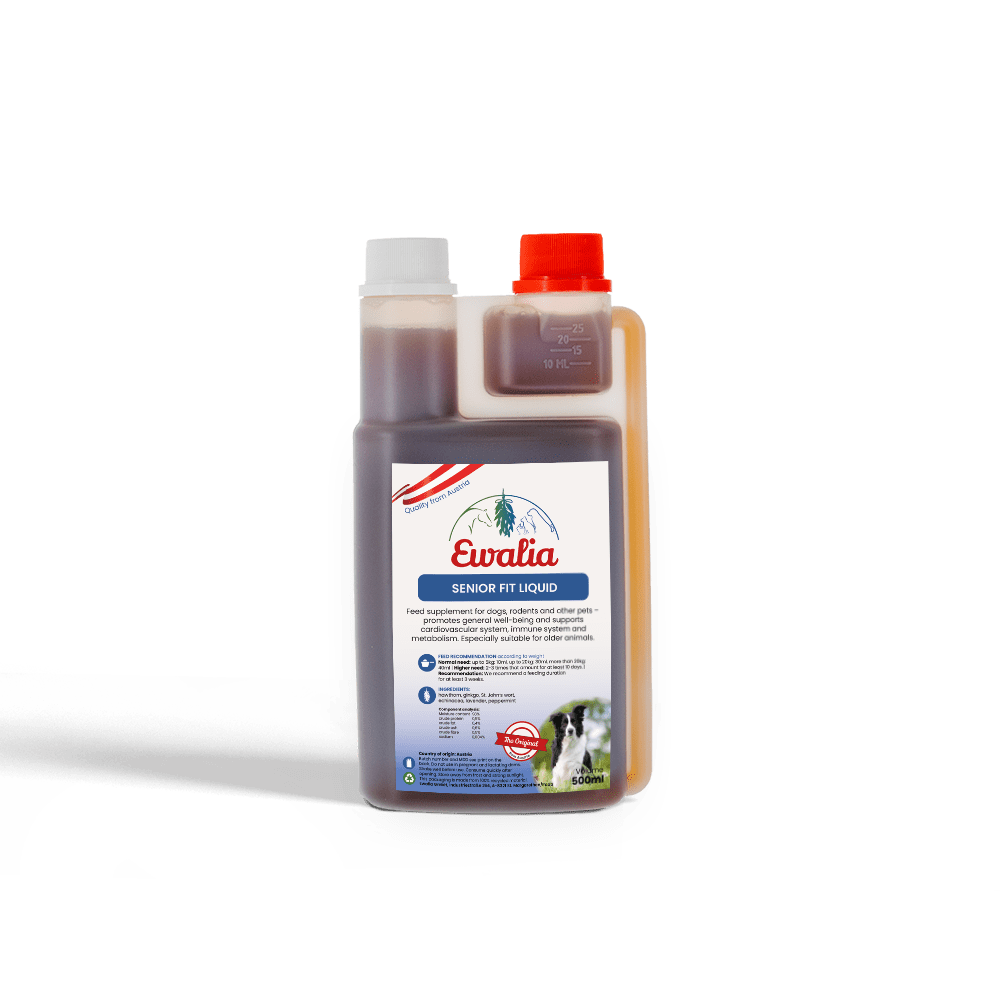Peppermint
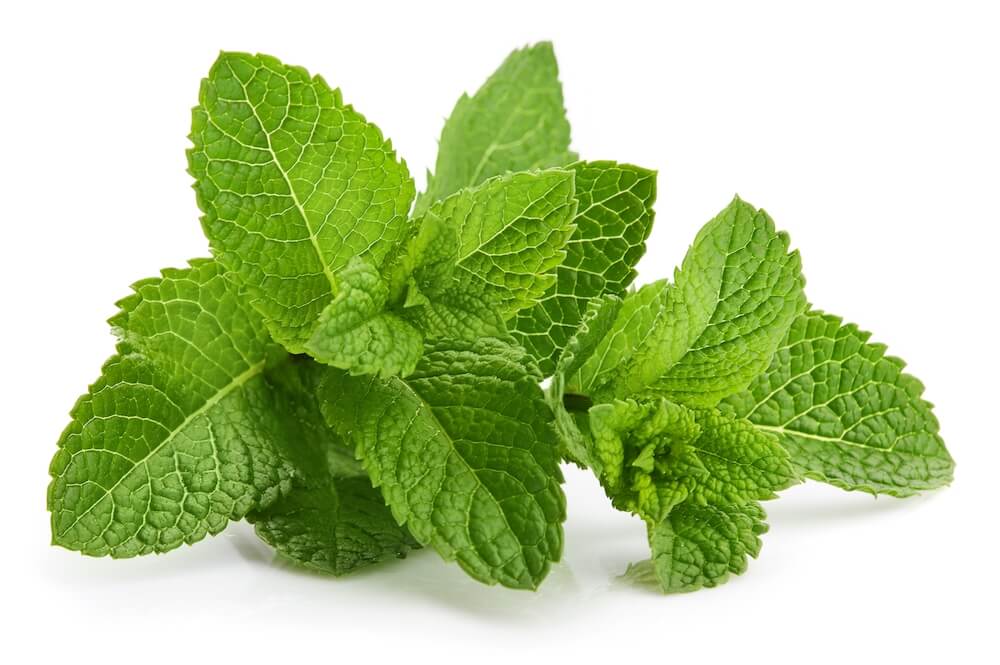
Peppermint (Mentha x piperita) is one of the most popular medicinal herbs used in herbal medicine. This plant, with its fresh, peppery taste, contains substances that calm gastrointestinal complaints, relax cramps, and stimulate the appetite.
Where does peppermint come from, and what does it look like?
It's still not clear even today if peppermint was intentionally cultivated or an accidental hybrid of mint species – of which there are about 30 – from the genus Mentha. Peppermint is a cross between water mint and spearmint and is presumed to have originated in the Far East. It has been known in Central Europe since the 17th century, first mentioned in 1696 by the English biologist John Ray, who called it peppermint because of its pungent taste.
Its genus, however, has a much longer history of use. Mint was found during excavations of ancient Egyptian tombs. Its botanical name, Mentha, comes from Greek mythology: the nymph Minthe was said to have been turned into plant by a jealous goddess.
Peppermint belongs to the Lamiaceae family and is thus related to rosemary, sage, basil, and savory. This perennial plant grows in hardy bushes that can reach up to 90 cm in height. Its oval, slightly serrated leaves may be light or dark green, depending on the variety. Their veins are mostly purple, and the undersides contain oil glands which contain essential oils. Rubbing the leaves between your fingers will produce a strong menthol scent. The plant has square, slightly branched stems that are hairy and brown or red. From July to September they bear clusters of light purple or pink, sometimes white, spiky flowers which put forth egg-shaped schizocarps. The brown seeds mature inside these fruits, resembling small grains of rice.
Peppermint is easy to grow and can also spread through its runners. It also grows wild in many countries, and is commercially grown in Greece, England, Spain, and Germany. Until the 1950s, the most important region in Germany for growing peppermint was Eichenau, near Munich. Today, one finds a peppermint museum there.
How is peppermint used?
Peppermint's strong aroma makes it an ideal herb for seasoning. It should be used sparingly, however, as it can overwhelm all other flavours. Although seldom used in Central European cuisines, it is a classic ingredient in British peppermint sauces for meat dishes as well as in Middle Eastern and Indian cuisine.
Peppermint is better known as an flavouring in sweets, lending natural freshness to peppermint drops and chewing gum. Other peppermint-scented products include toothpastes, mouthwashes, and many cosmetic items.
Peppermint tea is a popular and delicious beverage, and is even considered the national drink in Middle Eastern and North African countries. Moreover, peppermint tea has healing effects.
The herb's medicinal uses were discovered relatively late. Other wild mint species have long been used as infusions, mint vinegars, and poultices to treat digestive problems, sexually transmitted diseases, ulcers, and cholera.
In traditional Chinese medicine, peppermint is considered a cooling remedy for biliary tract diseases and restless anxiety. Its cooling properties are also known in European folk medicine. The herb is said to help hot flashes, headaches, and digestive ailments.
In veterinary medicine, peppermint is primarily used to treat gastrointestinal cramps and to stimulate the appetite. Studies have proven the plant's effectiveness in promoting bile secretion. Peppermint also helps to lessen anxiety and insomnia in animals. Its relaxing effects can be enhanced through combination with other medicinal plants like valerian or hops.
In phytotherapy, peppermint leaves are crushed to make powders, teas, or water-based or oil-based extracts. The leaves are harvested before the first flowering and again in autumn and immediately dried.
Peppermint oil is obtained through steam distillation of large quantities of leaves. Preparations containing peppermint oil are used as ointments or for inhalation.
Which substances are found in peppermint?
Peppermint leaves contain 0.5–4% essential oils, primarily menthol. This substance is found almost exclusively in mints and gives them their typical minty scent. Menthol has cooling, analgesic, and antispasmodic properties. It also stimulates digestion by increasing the production of bile acids.
Linalool, a monohydric alcohol, is a pleasant-smelling substance found in many herbal essential oils including lavender oil and thyme. It has calming effects against restlessness and insomnia.
Peppermint's essential oils also have antibacterial properties, for example in fighting Escherichia coli and helps to impede the growth of yeasts and moulds. It is also said to be effective against herpes and influenza viruses.
Peppermint is rich in tannins. These have astringent, anti-inflammatory, and antimicrobial properties.
In combination, the substances in peppermint have antispasmodic, antibacterial, antifungal, choleretic and calming effects.
What can peppermint be used to treat in horses and dogs?
- Peppermint is used to relieve gastrointestinal cramps and soothe inflammations of the stomach lining, nausea, and vomiting.
Tip: A few drops of peppermint oil mixed with olive oil can be given as a first aid remedy to horses with colic. Caution: Notify your vet in the case of colic!
- The plant's tannins are effective in treating diarrhoea.
- Peppermint stimulates digestion. Poor doers can be given peppermint mixed in with their feed to stimulate their appetites.
- When introducing changes to feed, add peppermint to your horse's ration to help prevent digestive disorders.
- Peppermint can help relax and calm stressed or tense animals.
- Peppermint helps anxious older dogs to sleep better.
External application: Applied externally, peppermint has analgesic, anti-inflammatory and cooling effects on muscle and nerve pain, itching, and blunt traumas.
Important: Peppermint preparations for external use should not contain more than 10% menthol, as this could increase pain! Do not apply to broken skin!
Inhaling preparations with peppermint may bring relief to animals with respiratory ailments. However, peppermint will not reduce swelling.
Important: Do not administer peppermint oil as an inhalant or apply to the faces of new-born or very young animals, as this may cause cramps!
Contraindications and adverse effects:
- Do not administer peppermint to animals with liver damage or blocked bile ducts!
- Peppermint oil may irritate and cause inflammation to the skin and mucus membranes. Avoid contact with eyes! Never administer peppermint oil in pure form to animals!
- The tannins in peppermint can lead to digestive problems if used long-term. Always follow the manufacturer's instructions when feeding products with peppermint!
Sources
- Cäcilia Brendieck-Worm, Matthias F. Melzig: Phytotherapie in der Tiermedizin, Thieme 2018
- Cäcilia Brendieck-Worm, Franziska Klarer, Elisabeth Stöger: Heilende Kräuter für Tiere, Haupt 2015
- J. Reichling, R. Gachnian-Mirtscheva, M. Frater-Schröder, R. Saller, M. I. Rabinovich, W. Widmaier: Heilpflanzenkunde für die Veterinärpraxis, Springer 2008
- https://www.deutsche-apotheker-zeitung.de/news/artikel/2019/11/21/pfefferminze
- https://www.deutsche-apotheker-zeitung.de/daz-az/1998/daz-4-1998/uid-4062
- https://www.kraeuter-buch.de/kraeuter/Pfefferminze.html
- http://www.welterbe-klostermedizin.de/index.php/arzneipflanzen/106-pfefferminze-mentha-x-piperita












